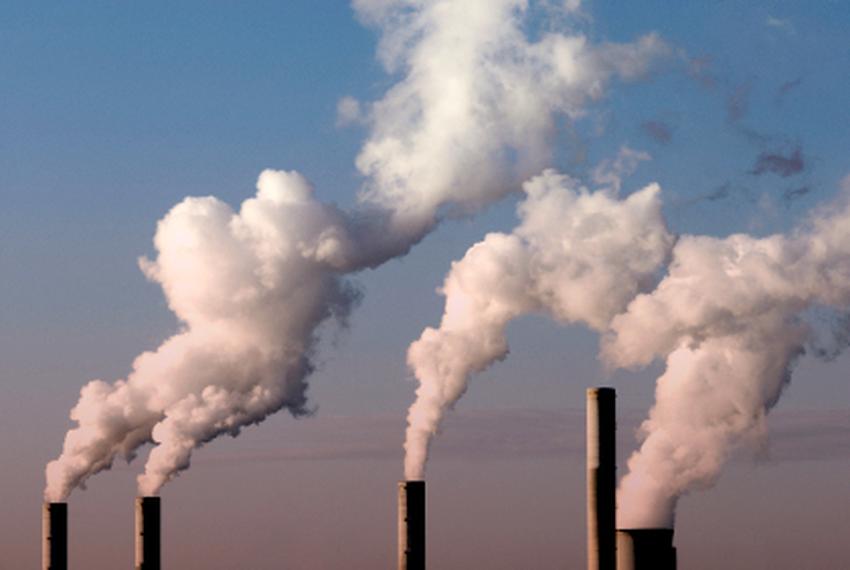Along the Texas Gulf Coast, factories like oil refineries and chemical plants often shut down before hurricanes and other storms to protect workers and stop leaks. On the other hand, the process might make more pollutants than is safe or allowed. Plant waste gasses like nitrogen oxides, carbon dioxide, and volatile organic compounds are often released during storms, emergency shutdowns, and other disasters. This makes pollution even worse.
But when storms are coming, the Texas Commission on Environmental Quality turns off most of its air monitoring equipment to keep sensitive equipment from getting damaged. This means it may be unable to tell when pollution levels are at their highest.
Texas’s Ozone Pollution
Compared to the 2020 report, there were more harmful days of high ozone in Austin, Dallas, Fort Worth, Houston, and El Paso. On the other hand, McAllen, Harlingen, and Brownsville in the Rio Grande Valley had some of the cleanest air in the country regarding ozone pollution. Houston, Dallas, Fort Worth, and El Paso stay on the list of the 25 most polluted cities, and they also moved up.
Several oils, gas, and petrochemical businesses are based in Texas. These businesses frack and process natural gas, move oil around the state, make plastic, and do many other things. These occupations can be found in West Texas oil fields and Gulf Coast factories. According to the paperwork these companies send to the state of Texas, these plants release millions of pounds of pollution annually through “upsets” or “emissions events.” These illegal air pollution events release known chemicals like butadiene, benzene, particulate matter, and hydrogen sulfide. They often happen near homes, schools, and other places where people live, putting the health of Texans at risk.

Many of these “accidents” in the workplace could be avoided if the industry had a financial reason to move forward. Even though illegal pollution went down while COVID was stopped, the relief will likely be short-lived unless the state steps up enforcement a lot.”
The report looked at information that businesses sent to the Texas Commission on Environmental Quality (TCEQ) about 2,980 unpermitted air pollution incidents in 2020 that released harmful emissions like benzene, which can cause cancer, particulate matter, which can cause asthma attacks and heart attacks, sulfur dioxide, butadiene, hydrogen sulfide, and nitrogen oxide.
The Numbers Do Not Include
- Carbon dioxide emissions.
- Pollution from normal, daily industrial operations.
- Pollution from accidents that were not reported to the state.
So, the numbers in the report are way off about how much illegal pollution was put into the air in the state.
Last year, illegal emissions were down in all but one of the 16 areas of the state. From 2019 to 2020, illegal pollution in the Dallas–Fort Worth area went up by 37%, according to government data.
Last year, 30.7 million pounds of unapproved emissions were found in the Midland area of West Texas. This is about six times more than Houston’s next biggest region, which reported 5.5 million pounds.
This big difference between sparsely populated West Texas and the Houston area shows how small sources of air pollution, like oil and gas wells in the Midland region, can release as much pollution during accidents and other “upsets” as large refineries and chemical plants in heavily populated areas. On the other hand, oil and gas wells are not regulated like factories because they say they are small or “insignificant” polluters.

